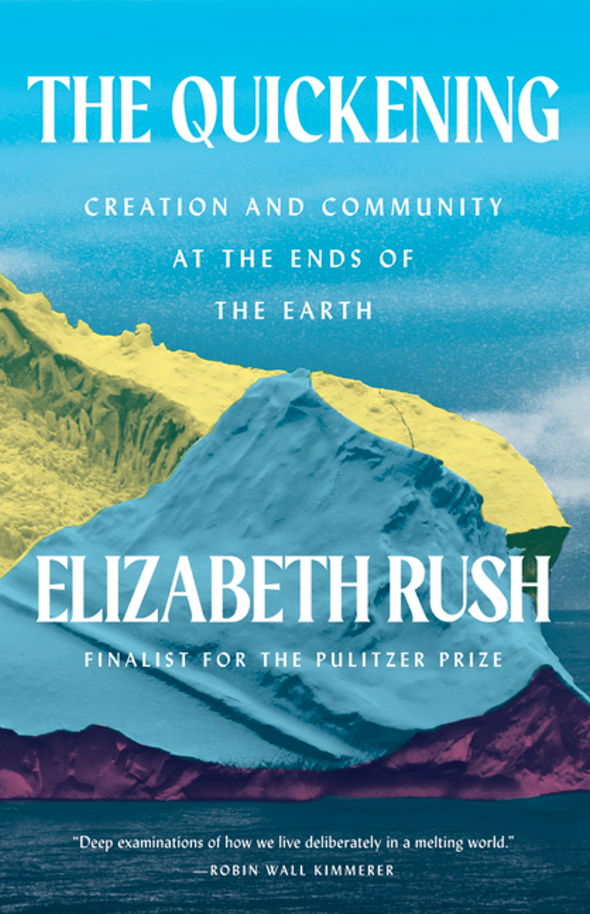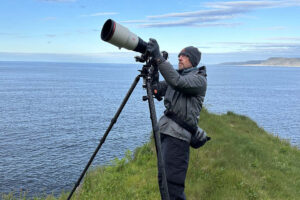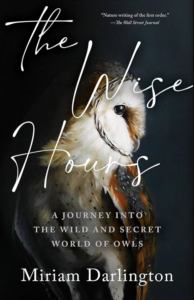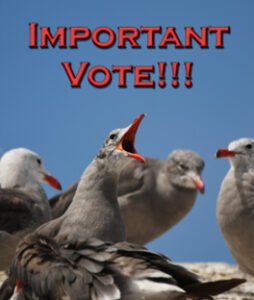Armchair Birding: The Quickening: Creation and Community at the Ends of the Earth, by Elizabeth Rush
~ Anne Kilgannon
What do you think about when Antarctica is the subject? Nowadays we read a lot about sea level rise and the role of melting glaciers that nudge at our imperiled shorelines and stir up processions of hurricanes that tear up the once-safe-but-no-more landscapes of home. Antarctica used to be a place of mystery and adventure, as wondrous as going to the moon, but now it evokes fear and anxiety. Beyond the human story, the changing climate is impacting bird migration, rearranging the calendar of nesting success, plant growth and insect blooms. Torrential rains or drought and fires now have their own seasons, all tied in some way to changes in that far-away place that floats like a giant ragged white circle at the bottom of the globe. What do we really know about what is happening there and what it may mean for life now?
Elizabeth Rush became captivated by such questions. After studying sea level rise and its impact on so many communities for an earlier book, Rising, she began to delve into root causes and was consumed with intrigue about the least known continent, the spawning ground of calving glaciers, the place where the world’s climate is born, and from where it spirals along untracked pathways bringing change everywhere. Although not any kind of scientist herself, but instead a chronicler of the work of scientists, Rush found a way to sign up for passage on a research vessel heading for an unstudied place in 2019, the Thwaites Glacier of Antarctica.
There, she hoped to come as close as could be found anywhere to the reality—the heart and womb—of climate change. I use that word deliberately. Entwined in this search for meaning of what is at stake climatically, is her own question of whether this is still a world where having a child is an acceptable choice, an ethical as well as a science-based decision. She boards the ship, the Nathaniel B. Palmer—named for the adventurer credited with being the first American to see Antarctica—with a double mission, to grasp the reality of the “Doomsday Glacier” through witnessing the exploratory work of a community of scientists and support staff venturing to this unexplored destination, and to find the answer for herself about a much more intimate but intricately related question about the future: Will there be a recognizable future and how shall we live in it? If at first you wonder if these are not two different books, as she travels deep into this difficult territory, asking questions, studying, pondering, searching both within herself and within her growing understanding of the research projects which are the mission of the voyage, you cannot untangle how pairing these issues deepens both the impact of the research into the world of the glacier and how that understanding reshapes our individual lives and prospects. And noted, this is not a “woman’s issue” alone but a very human one; the men on the ship are not untouched by this twining of issues. None of us lives outside this question, however we respond to it.
What a setting for thinking about the meaning of life! Rush brings us into the experience, the harsh reality of “the rotting rim of the world” and its sublime moments, too, when: “The radar sweeps its six-kilometer radius. The neon display a buckshot-torn target, each pinpoint of green light a berg. I undog the door by the Ice Tower and step outside. Murmur of snow on snow, like noises a northern forest makes when the sun comes out after a storm and what was held in cold suspension begins to drop from heavy boughs. The softest edges of the floe crumbling as they push up against each other.” Her language soars to capture the scene, inventing new words for snow and ice: “We nose deeper in, carving a path through the sea’s milky cataract. White of dove and river pearl, spackle and baking soda, plaster of Paris and spent cinders. Even the orange life boats tethered to the sides of the Palmer appear wrapped in crisp shells the color of elephant ivory. I lean over the railing for a while, content to watch the pools of onyx water opening up around the boat, however briefly, as we work our way to new coordinates.” Rush employs painterly descriptions to sharpen her own and our appreciation for the daubs of color that do appear: tangerine, primrose, lemon yellow, the blush of ripe fruit and flower petal that surprise her in this mostly blue and gray and white world.
She is open, receptive, and ready to hear the stories of the crew as they are given and to see marvels as large as a calving iceberg and fleeting as a flash of light on cloud. She helps us feel the cold and the slap of waves against the ship, the warmth of the enclosed world of the community on board, the challenge of the fragility of the lifeline back to the inhabited world. This is as close to Antarctica as most of us can imagine. Whether or not the question of bringing children into this damaged world troubles our sleep, for those who love birds and every living thing, what happens in the crumbling world of ice and turgid water matters; this book can bring this special place to our attention and care. Rush has forged a sturdy link from our lives to this wild and endangered land.








